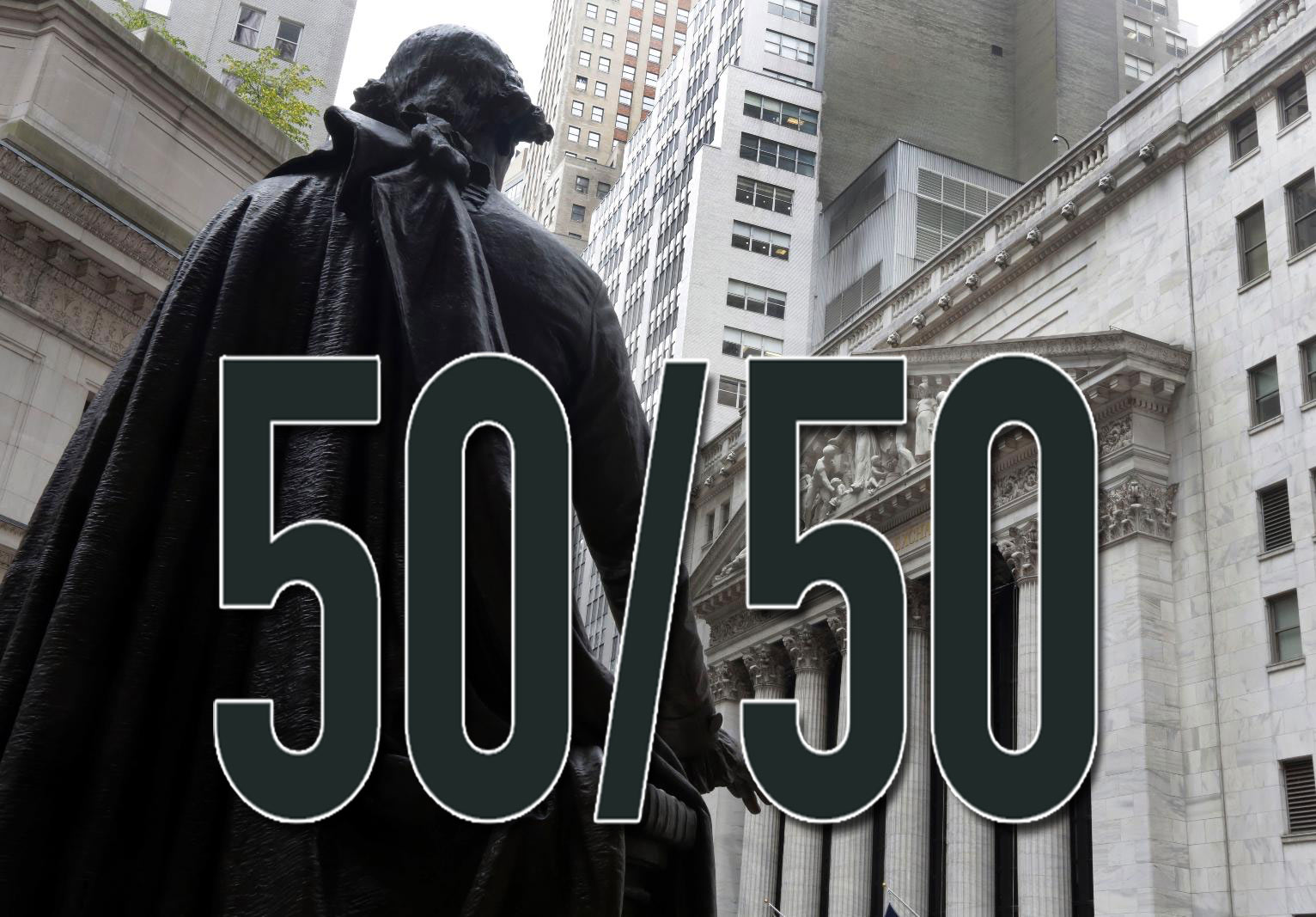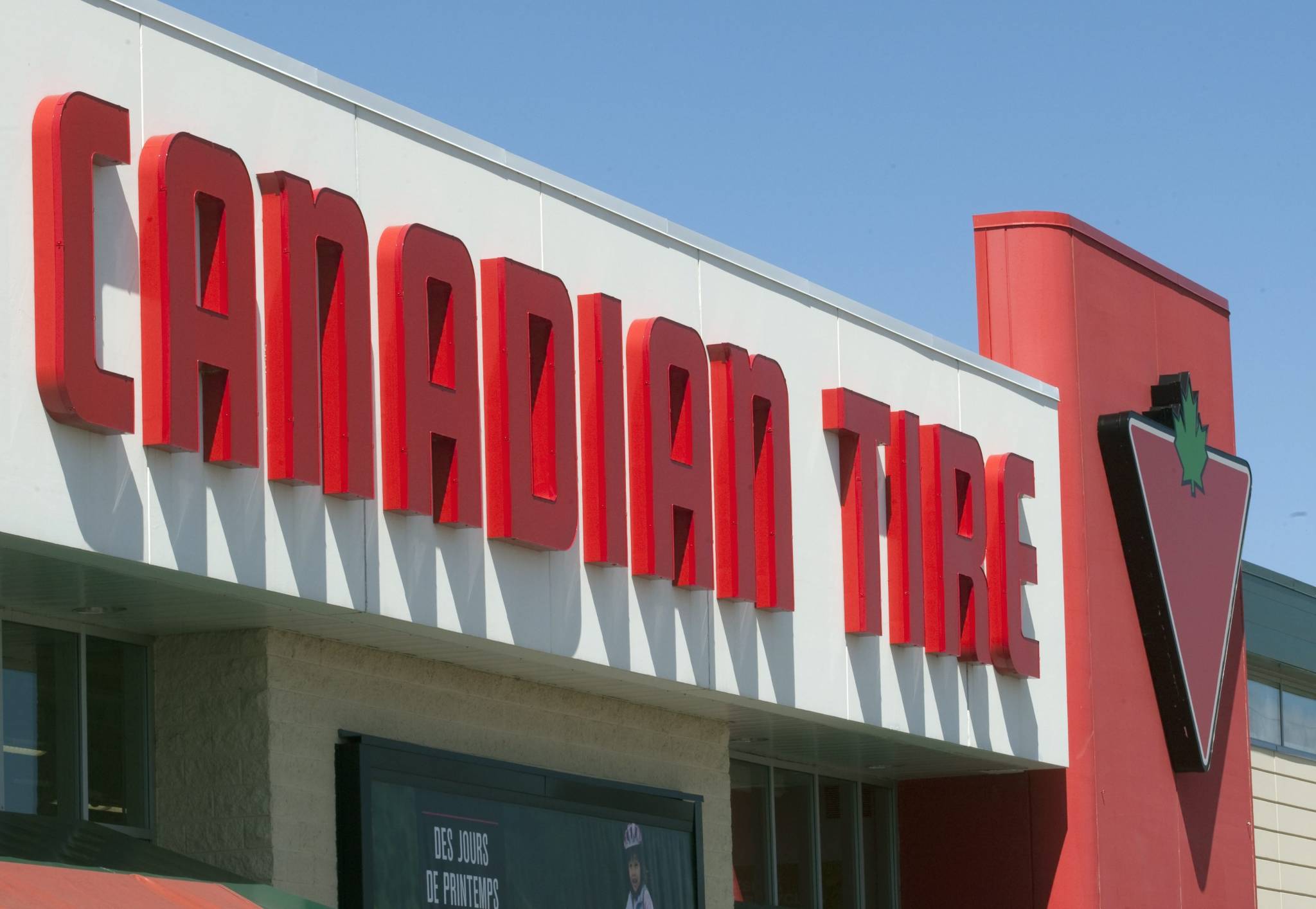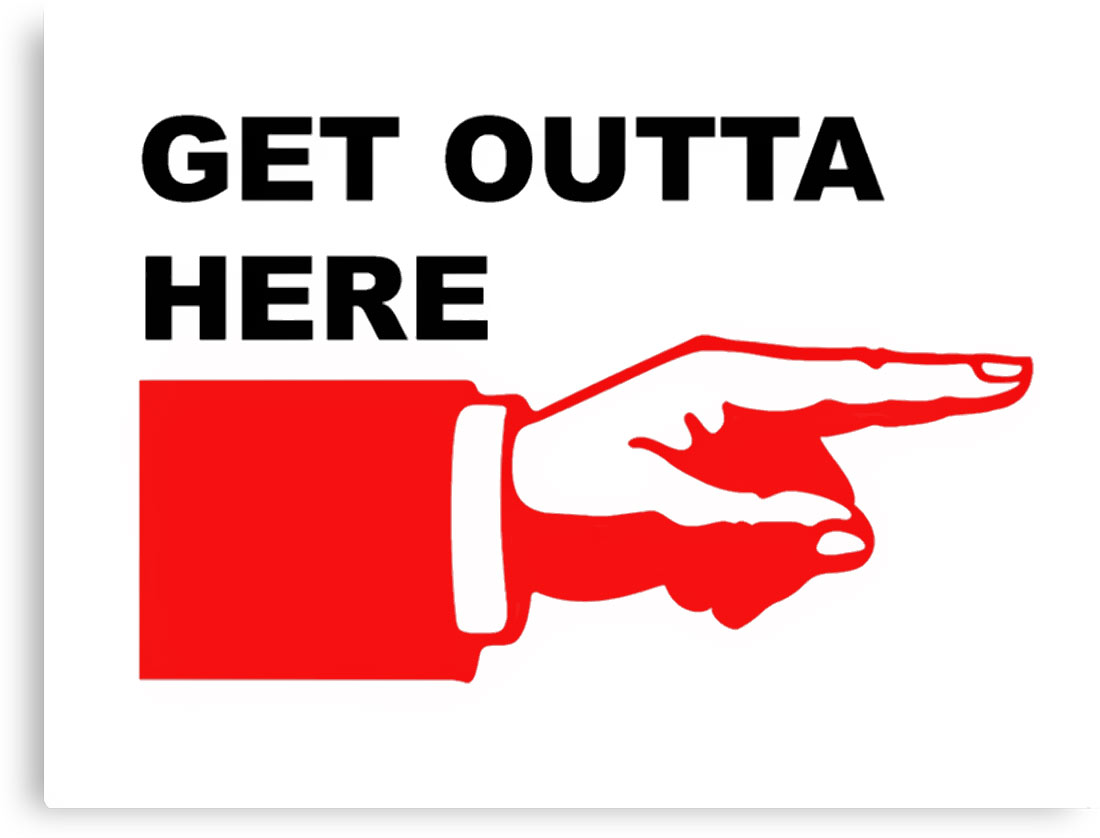by Ben Carlson, A Wealth of Common Sense
Last year I wrote about the worst 10 year returns earned on a simple 50/50 portfolio of stocks and bonds. A reader recently dug up that post and asked for some further information and a look at different scenarios on the returns of a 50/50 portfolio made up of the S&P 500 and long-term U.S. treasury bonds.
Using Ibbotson data, I went back to 1926 and looked at rolling monthly returns* to calculate various annual 1, 3, 5, and 10 year performance numbers using an annual rebalance for this 50/50 portfolio. Here are the relevant stats:
It’s nice to know that there’s never been a negative ten year return using a 50/50 portfolio, but the worst decade long stretch was barely positive with annual returns of less than 1% per year or a total return of just under 7%. This occurred during a ten year period ending in 1939 when the stock market was down 6.1% per year. Bonds provided a nice diversification benefit by rising 5.5% annually (overall returns were positive from the rebalancing bonus).
Every single one of the worst returns for this portfolio took place in the 1930s. The stock market was the main culprit for the poor performance. Stocks were down nearly 70% over a 12 month span in 1931-32 while bonds were slightly positive. In the worst three year result, also ending in 1932, stocks showed a -43.7% annual return while bonds were up 4.4% per year. The -5.7% five year annual portfolio return in the early 1930s came when stocks were down 18% per year with bonds picking up the slack up 3.5% annually.
The nightmare scenario we’ve touched on in the past concerns low stock and bond returns concurrently. This happened in the late-1960s and early 1970s as a ten year period ending in 1974 saw stocks return just 0.5% per year and bonds eked out a 1.3% annual return. This led to a 50/50 portfolio return of 1.3% per year (again the majority of which came from the rebalancing bonus). Of course, this was at the bottom of a nasty bear market, but it’s not out of the realm of possibilities to expect low stock and bond returns from today’s levels.
Since the majority of the worst performing periods clustered around the Great Depression, I decided to see how this 50/50 portfolio held up in some of the more recent bear markets:
These returns are all calculated using monthly returns, so they don’t give an exact daily peak-to-trough, but it gets you close enough to see the damage that can be inflicted by the markets. The breakeven column shows the number of months it took to make a round trip to get back to the prior peak level. The recovery column shows how long it would have taken from the bottom of the bear market to get back to the original breakeven level. The longest an investor in a 50/50 portfolio would have had to wait in these four scenarios to recoup all of their losses was just over 3 years in the bear market of the early 2000s. Patience, as they say, is a virtue.
The scenario I found most interesting is that long-term bonds were down in the 1973-74 bear market along with stocks. Rising interest rates trumped the usual rush to safety in bonds in this instance. I’ve said this before, but it bears repeating — investors would absolutely flip out if we were to experience a period of negative stock and bonds returns at the same time.
A few other takeaways:
- Investors should never expect to earn “average” returns in any given year or decade. Expect a wide range of results over time and never be surprised when you’re surprised.
- A simple diversified portfolio split evenly between stocks and bonds, rebalanced annually has produced pretty amazing returns over the past 90 years or so — close to 8% a year over this time frame. I’d be surprised if a simple mix of U.S. investment classes does the same over the next 90 years.
- Diversification outside of U.S. stocks and bonds always makes sense in my mind, but probably more so over the next decade. Could you have decent performance in a U.S.-only portfolio of stocks and bonds? Sure. But it’s a risk to assume you’re fully diversified by investing in a single geographic region, stock market capitalization or bond duration.
- A bond market “crash” is not the same thing as a stock market crash. The worst one year return in the S&P 500 was a loss of nearly 70% (again in the 1930s). The worst one year return in long-term bonds was a loss of 17% (in the early 1980s). Remember this when people say we’re in a bond bubble. Stocks crash; high quality bonds fall.
Further Reading:
What’s the Worst 10 Year Return From a 50/50 Stock/Bond Portfolio?
The Real Risk to a 60/40 Portfolio
An Alternative to the 60/40 Portfolio
Follow me on Twitter: @awealthofcs
*Rolling monthly returns aren’t a perfect statistical method for calculating average market returns, but it does give us more periods to study from a risk perspective.
Copyright © A Wealth of Common Sense

















